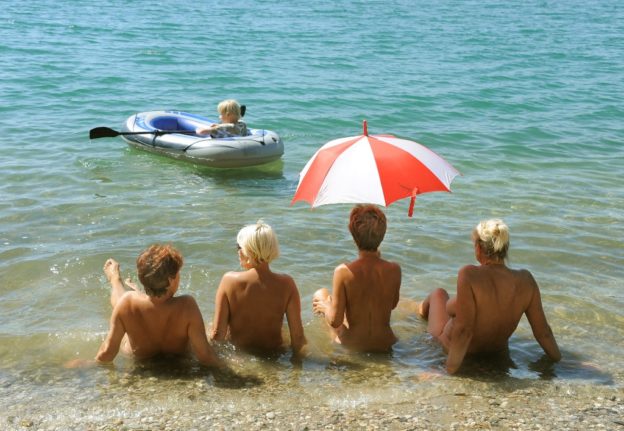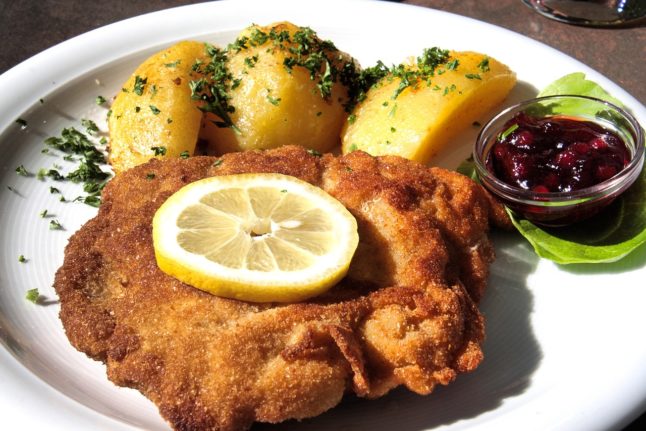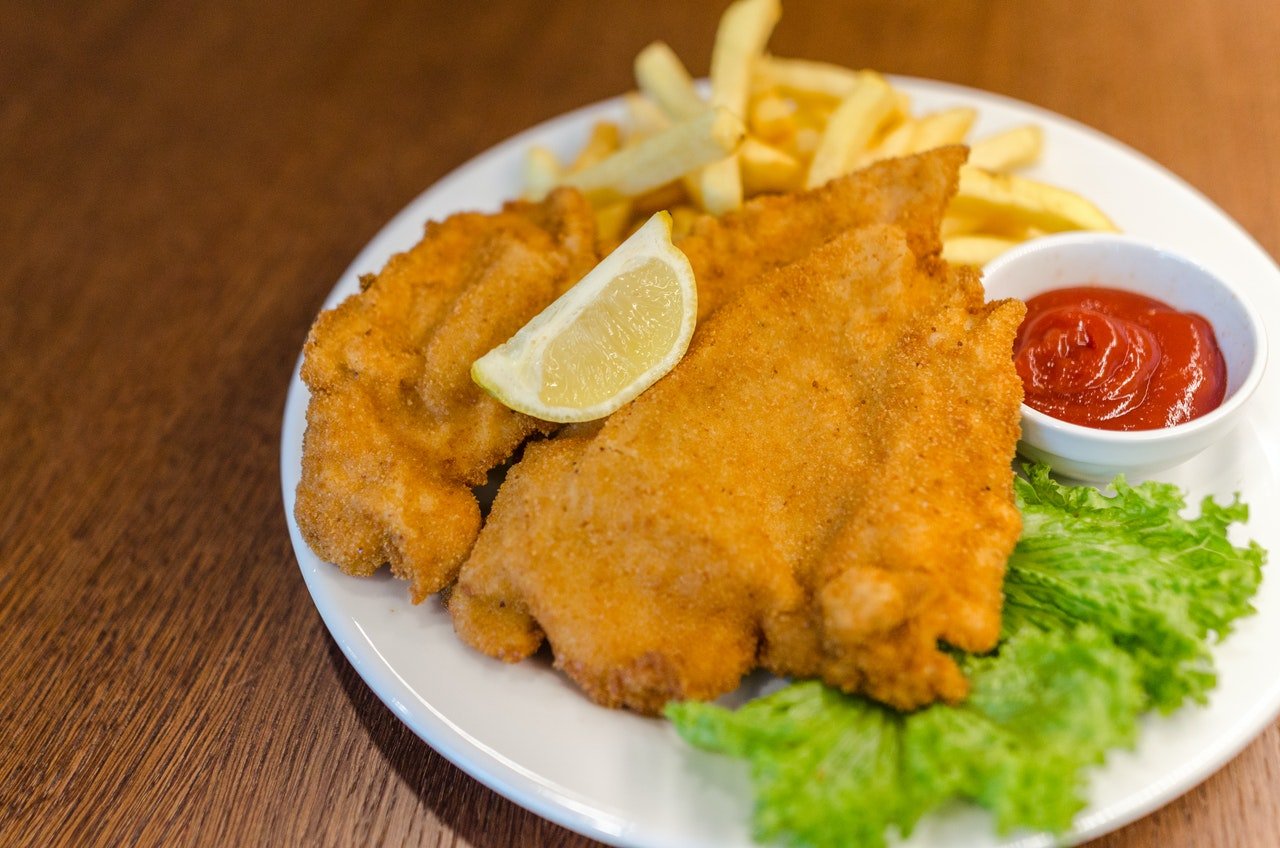Austria is a relatively small country, made of even smaller cities (the capital Vienna is home to some two million residents, but no other cities surpass the million mark, and many have fewer than 100,000 residents). It is also a catholic country (both in its celebrations and population) and typically conservative – with most provinces ruled by a centre-right party and the far-right rising in opinion polls.
Surprisingly, though, it’s also a country where nudity – and even sex – are not necessarily taboo topics.
If you happen to leave the television on after the Zeit im Bild programme, Austria’s main news programme that starts at 7 pm and lasts for 30 minutes on public broadcaster ORF, you might see an advertisement for a sex toy. And if you browse the channels a bit and end up watching a reality show such as, for example, Tinderrreisen (a show where young Austrians travel through Europe and go out on dates with locals), you might see some full-frontal nudity – at 8 pm.
Teenagers in Austria often grew up reading teen magazines that talked openly about sex (answering questions like “Is my penis small?” and “Can I get pregnant after masturbation”?) and showed fully naked pictures of other teenagers in a section called “Body-Check” so they could compare their own body.
READ ALSO: Clothes to nudity: The biggest culture shocks for foreigners in Austria
Nudity in public
Nudity is also common in some public places. Austrians won’t blink twice if they see a woman going topless near a river, lake or even a park, for example. Full nudity, however, is reserved for particular areas, so don’t remove your bottoms unless you are in an FKK-Bereich (Freikörperkultur) or nudity-allowed spot. At the same time, don’t be too surprised if you spot a naked man doing a stand-up paddle on the Danube – we know it can get confusing, but it’s all part of the free body culture.

Typically, it is more or less acceptable to swim naked in almost any lake or river in Austria so long as it’s not too crowded and there is enough space to allow you not to impose yourself too much on anyone else.
If it is difficult to get to a more out-of-the-way place, and you strip off and leap into the water quickly, no one will be shocked. But you are expected to show some consideration.
Unlike in other countries, such as Britain or the US, nudity is also expected and not a big deal in saunas and dressing areas of public pools and gyms.
Foreigners might be shocked to see the showers of popular gyms in Austria, where everyone cleans up “prison-style”, meaning there is no or almost no separation between shower heads, and you will see the person in front of you fully nude.
Austrians will also leisurely walk naked from the shower to the cabinets where they keep their clothes and might use facilities, such as a hairdryer station, completely naked.
READ ALSO: Reader question: Do I have to be naked in Austrian saunas?
Most famously, Austrian saunas usually have strict “no-textile” rules, and you won’t be allowed to use swimwear even in mixed-gender saunas.
Other than in areas where one might want to consider swimming or sunbathing, nudity is also common (inside) doctor’s offices. If you go for a checkup at a dermatologist or gynaecologist, for example, it’s unlikely that you will receive a gown to cover up – which can also be quite a cultural shock for a foreigner fully naked while a doctor checks their entire body for moles.

Being reasonable
Of course, you will get yourself into trouble if you decide to go naked to a shopping centre or bar, for example. And exhibitionism is a crime in Austria, as well as sexual harassment.
Additionally, Austrians – or at least certain Austrian institutions – have become more open-minded when it comes to cultural differences, especially as the number of Muslims in the country grows.
So you will find, for example, Kabinnen in public pools, which are small enclosed places which people can rent (at an additional cost) to change in private.
However, this is not so widespread, and people who might be uncomfortable with nudity might shower with their swimwear on, shower at home or just search for other activities.
The rules about when and where you can be naked do not apply in the same way to children. In the summer, children can be naked on any pool, river or lake, in the family garden, or in parks until they are about ten years old (although some Austrian families might draw the line at six or seven).
There is nothing sexy about being naked
In Austria, it is important to remember that being naked does not imply anything sexual. It is considered inappropriate to make sexual advances towards someone while they are naked, whether in a sauna or while swimming.
It is best to treat people with the same respect as when they are clothed. Making inappropriate advances is likely to result in public embarrassment, as there is no tolerance for sexual harassment in Austria. Additionally, it is considered impolite to stare at other people’s bodies while in a mixed sauna with strangers.




 Please whitelist us to continue reading.
Please whitelist us to continue reading.
Member comments